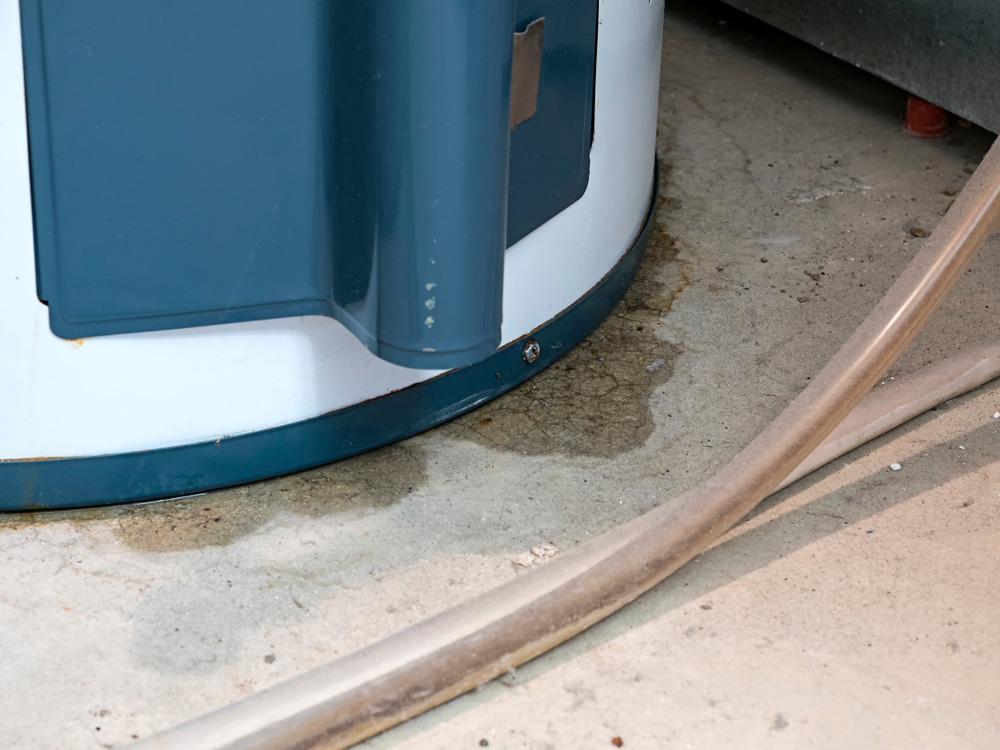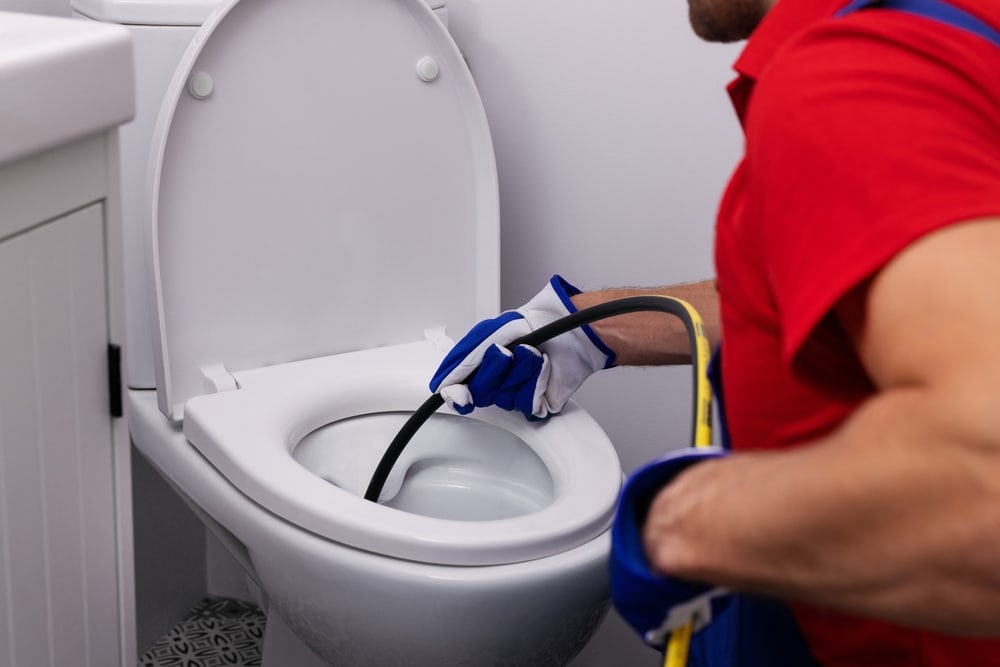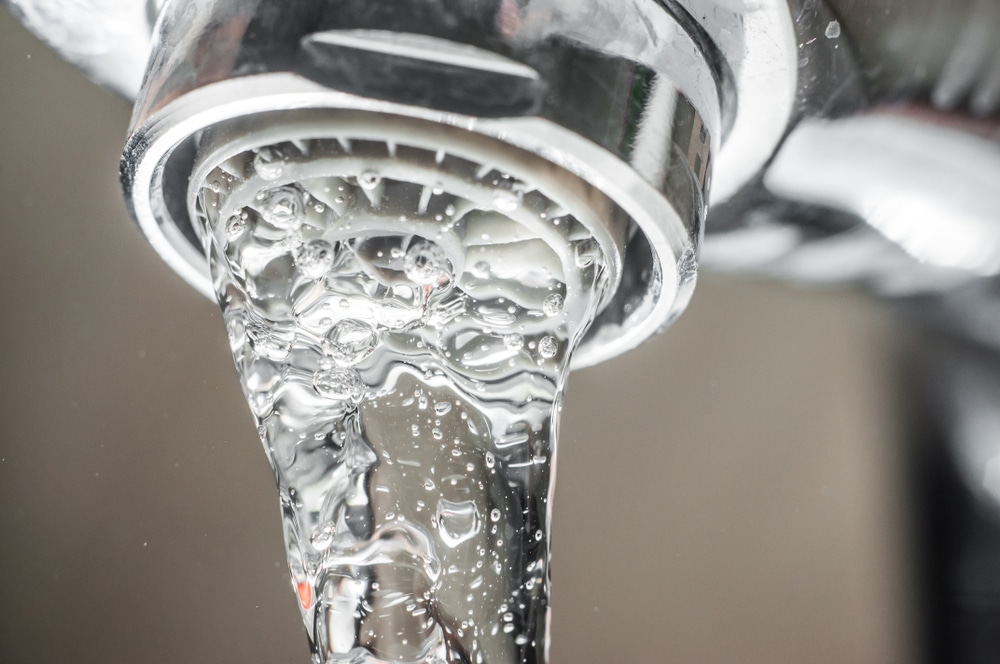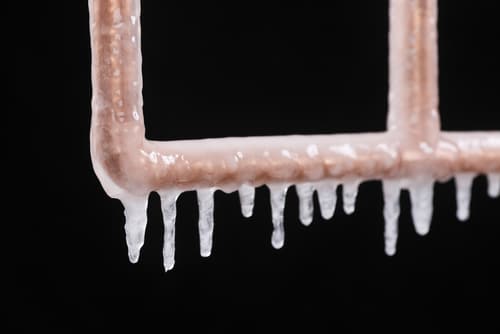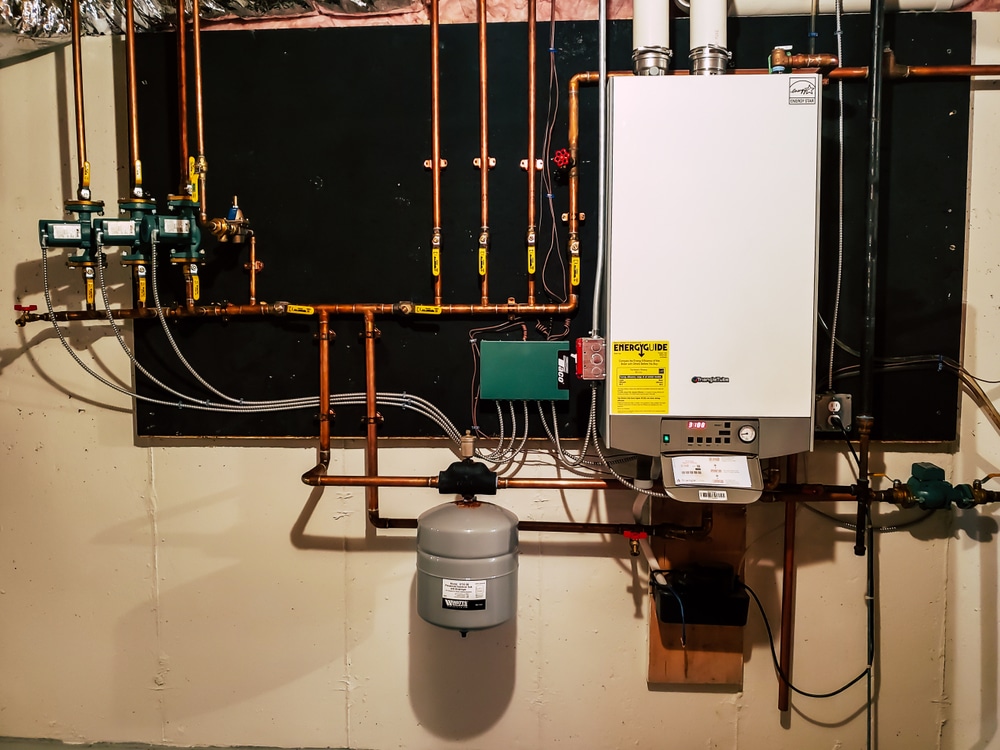Picking the right thermostat is important for keeping your home comfortable and energy-efficient. With so many options available, it can be tricky to know which one will best suit your needs. Whether you’re upgrading an old thermostat or installing a new one, making the right choice can impact your heating and cooling bills.
Thermostats come in different types and have various features. Some are basic and easy to use, while others are advanced and can be controlled from your phone. Knowing the differences and what to look for can help you decide which thermostat will work best for you.
In this article, we’ll explore the different types of thermostats, the key features to consider, and how to match a thermostat to your HVAC system. We’ll also look at why upgrading to a smart thermostat might be a great decision for your home. Understanding these points can make choosing the right thermostat easy and beneficial for your family.
Understanding the Different Types of Thermostats
There are several types of thermostats you can choose for your home. Knowing the differences can help you make a smart decision.
Manual Thermostats: These are the simplest kind. You adjust the temperature by turning a dial or sliding a lever. They are straightforward and cheap but lack advanced features.
Programmable Thermostats: These thermostats let you set temperature schedules. You can set different temperatures for different times of the day. This helps you save energy by heating or cooling your home less when you are not there.
Smart Thermostats: These modern devices connect to your Wi-Fi. You can control them with your smartphone or voice commands if you have a smart home device. They learn your habits and adjust the temperature automatically, making them very convenient and energy-efficient.
Wi-Fi Thermostats: While similar to smart thermostats, these don’t learn your habits but still offer remote control through a smartphone. They let you adjust the temperature from anywhere with internet access.
Each type of thermostat has its own perks and limitations. Picking the right one depends on your lifestyle and how much control you want over your home’s temperature.
Key Features to Look for in a Thermostat
When choosing a thermostat, considering the key features can make a big difference. Here are some important ones to look for:
1. Easy to Use: Make sure the thermostat has a user-friendly interface. Simple screens and clear buttons are helpful, especially if multiple people in your home will use it.
2. Programmable Settings: Look for thermostats that allow you to set up schedules. Being able to program different temperatures for different times can save energy and money.
3. Compatibility: Ensure the thermostat is compatible with your HVAC system. Some systems need special types of thermostats.
4. Energy-Saving Features: Some thermostats come with energy-saving modes or eco-settings that help reduce energy costs.
5. Remote Access: If you want to adjust the temperature while you are not at home, choose a thermostat with remote access. This feature can be very handy.
6. Learning Capabilities: Smart thermostats that learn your habits and preferences can make managing your home’s temperature easier and more efficient.
7. Integration with Smart Home Devices: If you have a smart home setup, look for a thermostat that can integrate with devices like Amazon Echo or Google Home.
These features can enhance your comfort and make managing your home’s climate more convenient. Choose the thermostat with features that best match your family’s needs.
How to Match a Thermostat to Your HVAC System
Choosing the right thermostat involves matching it to your HVAC system. Not all thermostats work with every heating and cooling setup, so it’s important to know what you have. Here are some tips to help:
Identify Your System Type: Determine if you have a single-stage, multi-stage, or heat pump system. Single-stage systems have one heating and one cooling function, while multi-stage systems have multiple levels of heating and cooling. Heat pumps move heat in and out of your home and often need special thermostats.
Check for Compatibility: Make sure the thermostat you pick is compatible with your system type. Read the product details or ask a professional if unsure. Some thermostats work with most systems, but it’s always good to double-check.
Voltage Requirements: Some thermostats, called low-voltage thermostats, work with most central heating and cooling systems. Others are line-voltage thermostats, used mostly for electric baseboard heating. Know which one your system uses before buying a thermostat.
Wiring Needs: Different thermostats require specific wiring setups. Look at your current thermostat’s wiring and compare it to the new thermostat’s requirements. You may need an additional wire, known as a common wire (C-wire), for more advanced thermostats.
Matching your thermostat to your HVAC system ensures smooth operation and helps you get the most out of your heating and cooling. If in doubt, a professional can help you choose and install the right thermostat.
Benefits of Upgrading to a Smart Thermostat
Upgrading to a smart thermostat comes with many benefits that make managing your home’s temperature easier and more efficient.
Energy Savings: Smart thermostats can learn your schedule and adjust the temperature when you’re not home, saving energy and money. Many models provide energy reports, helping you track your usage and find ways to save more.
Convenience: Control your thermostat from anywhere using your smartphone. Forgot to turn off the heat before leaving home? No problem. With a smart thermostat, you can adjust settings remotely.
Custom Schedules: You can set specific schedules for different days and times, ensuring your home is always at the perfect temperature when you need it. Some smart thermostats even adjust to changes in your routine automatically.
Integration with Smart Home Devices: Most smart thermostats work with smart home systems like Amazon Alexa or Google Home. You can use voice commands to change temperatures or create routines that include lighting, security, and temperature adjustments.
Alerts and Maintenance Reminders: Smart thermostats can send alerts if something is wrong with your system, like if the temperature drops too low or there’s an issue with the HVAC system. They also remind you when it’s time to change your filters or schedule maintenance.
Upgrading to a smart thermostat makes your home more comfortable and helps you save on energy bills. It’s a great way to add convenience and efficiency to your daily life.
Conclusion
Choosing the right thermostat for your home is essential for comfort and energy efficiency. By understanding the different types of thermostats, key features to look for, and how to match them to your HVAC system, you can make an informed decision. Upgrading to a smart thermostat offers numerous benefits, including energy savings, convenience, and better control over your home’s climate.
Remember, finding the right thermostat means considering your needs and your home’s heating and cooling system. Whether you’re looking to save money on energy bills or want to integrate with your smart home devices, there’s a perfect thermostat out there for you.
For expert help in selecting and installing the right thermostat, reach out to Jade’s Heating and Plumbing LLC. Our experienced team is ready to assist you in making your home as comfortable and efficient as possible. Call us today for Jackson heating service!



